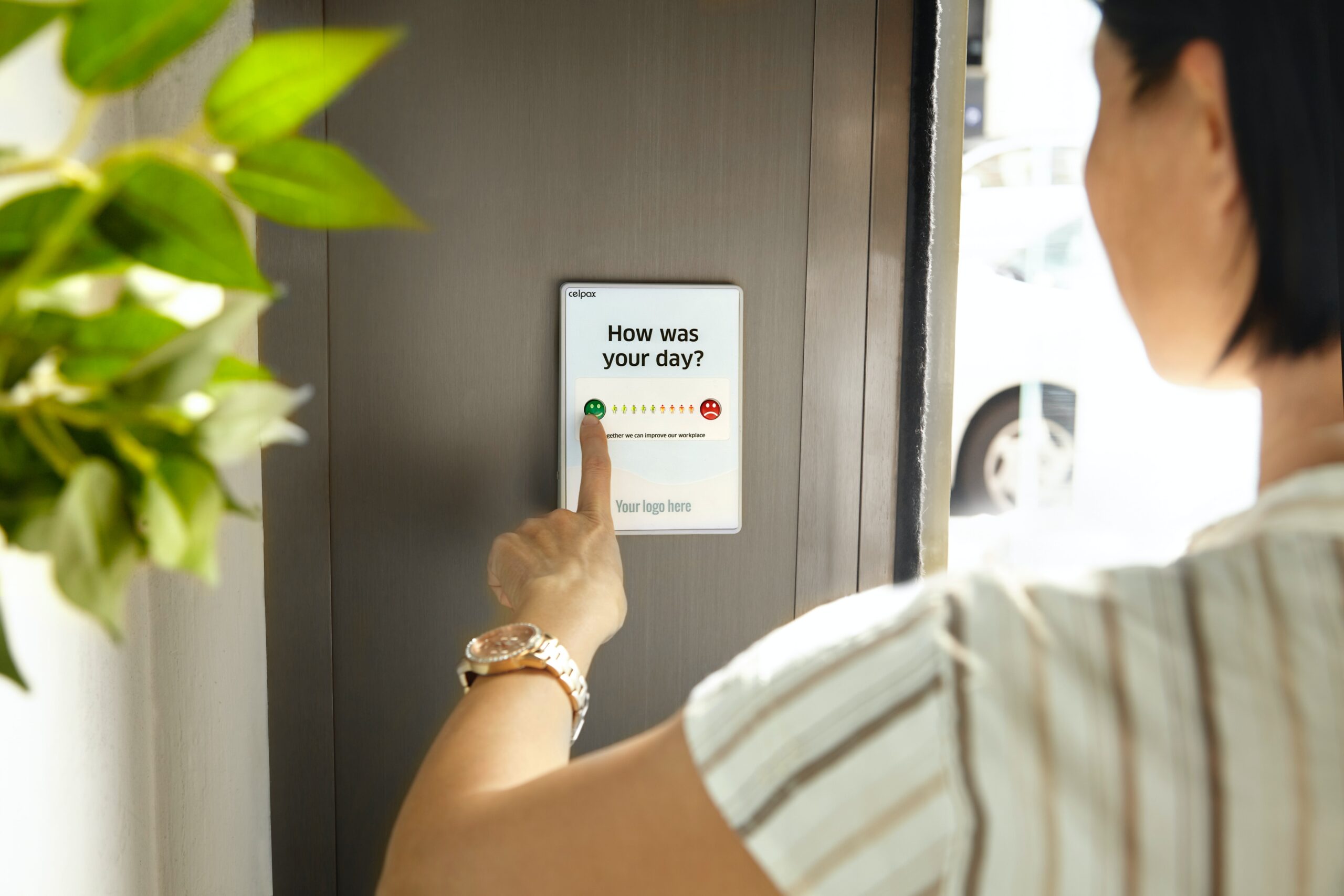
30th September 2021
Guest Blog: How to get the employee engagement that you’ve been looking for

It can be difficult to know if you’re truly getting quality employee engagement, especially if you have members of the team who work remotely. Sometimes, sending internal communications can feel like you’re sending information out into space, with no response back. However, with high levels of employee engagement resulting in increased happiness as well as increased profit, it’s worth taking it seriously.
Firstly, it’s important to understand that employee engagement is not just employee satisfaction. Instead of just turning up to work and not being unhappy, employee engagement can be defined as ‘the emotional commitment the employee has to the organisation and its goals’. It focuses on ensuring that your team feels part of the bigger company picture, and that their work has value. As a result, staff are more likely to go above and beyond their job description, and not feel disgruntled about it.
But how do you create employee engagement? We take a look.
Ask
 The best people to tell you about your employee engagement are, as expected, your employees. By utilising and reflecting on their thoughts and ideas, you can create action points for progress.
The best people to tell you about your employee engagement are, as expected, your employees. By utilising and reflecting on their thoughts and ideas, you can create action points for progress.
However, it’s important to create a space where employees feel that they can truly be honest, or you’ll never get meaningful feedback. This should include things that you’re doing well, things that can improve, things that they feel are important and suggestions. Perhaps they’ve seen something in another company that they feel could work well for you. Whatever your employees want to say, give them the space to offer their opinions.
It is worth taking the time to do this properly. Some employees will respond best to a group feedback session, some to a survey, while others will only be truthful in a one-to-one call. It’s important to offer a range of options so that you can try and get honest answers from as many people as possible. Whilst it can be tempting to make the survey anonymous, in order to encourage honesty, think about how this could affect your results. For example, if someone comes up with a great suggestion but you need them to elaborate, an anonymous survey can mean it is then hard to follow up.
Action
 Once you have the feedback, you can create a report which outlines the results of your research. Take a look at this, and assess the common themes. Is there something that you can do better? What are you doing that is popular? Come up with a plan of action, and then share this with all employees. This will make them feel included and reassured that you are taking their feedback seriously.
Once you have the feedback, you can create a report which outlines the results of your research. Take a look at this, and assess the common themes. Is there something that you can do better? What are you doing that is popular? Come up with a plan of action, and then share this with all employees. This will make them feel included and reassured that you are taking their feedback seriously.
As well as taking specific action, it’s vital that you continue to make the team feel valued and included. If you have a range of remote and in-person employees, ensure that you operate a social calendar that includes everyone. Running virtual events can mean that remote team members don’t feel like they are missing out. Whilst some events do work better in person, consider how they will work for those who aren’t already in the office. For example, having a weekly Friday drink after work is unlikely to be practical for remote workers, as it won’t be worth them travelling, but hosting team day should be easier.
Consider video conferencing for online events, and perhaps create a social calendar that all employees are invited to, so that no one feels excluded. This way, team members can then also opt into regular events, which will also help you see which activities are popular.
Assess
In order to keep up your new and improved levels of engagement, you’ll need to keep assessing and adapting. Make sure to circle back to the asking phase, and send out different types of engagement surveys, as well as scheduling one-to-one meetings to keep your finger on the pulse. After all, your team is likely to change over time, and so it is important to make sure that what you’re offering is still relevant.
To sum up
Employee engagement is all about listening to your team, and giving them the opportunity to offer their opinion and feel heard. Doing this creates a more connected workforce, which can have a positive effect on both happiness and productivity.

